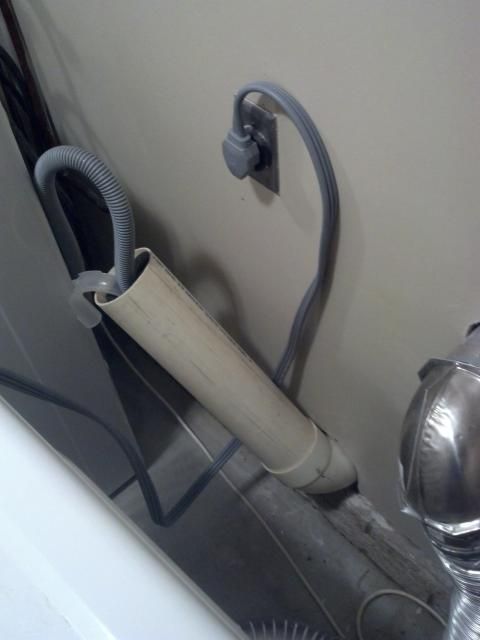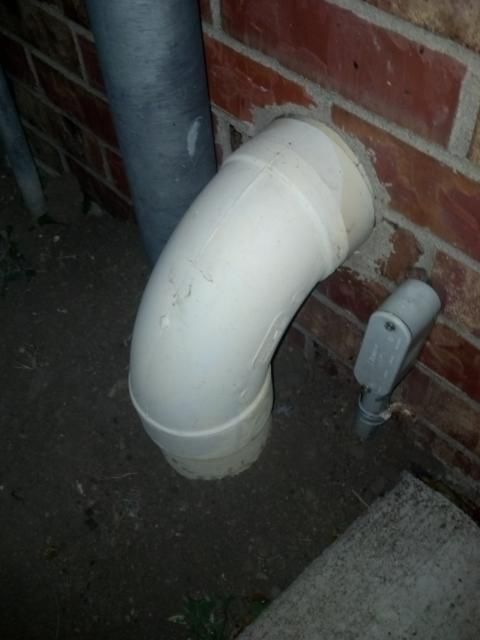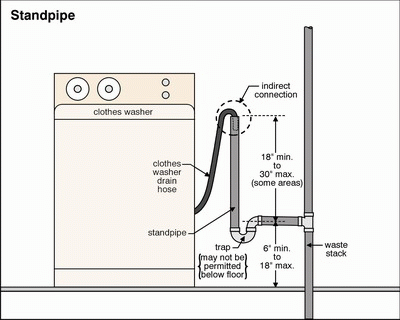My wife and I just moved into a house in the country. There is a first floor laundry room where we have put our washer and dryer. We have noticed a sewer gas smell and think it is because there is not a p trap installed on the washing machine drain pipe. There is an elbow near floor and then an approximately 3', pvc pipe (4 inch diameter) that is used for the drain pipe.

The elbow leads directly outside, where there is another elbow that runs down into the ground and into a pipe that leads to our lagoon.

I'm unsure how to correctly install a p trap in this instance. The 4" pvc pipe is kind of throwing me for a loop as well as the lack of space to install something. I am new to plumbing, so if anyone has any advice on what I should do, I would great appreciate it! Thanks for your help and let me know if you have any further questions.

The elbow leads directly outside, where there is another elbow that runs down into the ground and into a pipe that leads to our lagoon.

I'm unsure how to correctly install a p trap in this instance. The 4" pvc pipe is kind of throwing me for a loop as well as the lack of space to install something. I am new to plumbing, so if anyone has any advice on what I should do, I would great appreciate it! Thanks for your help and let me know if you have any further questions.

















































